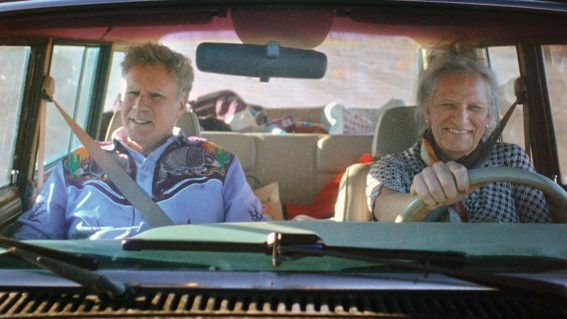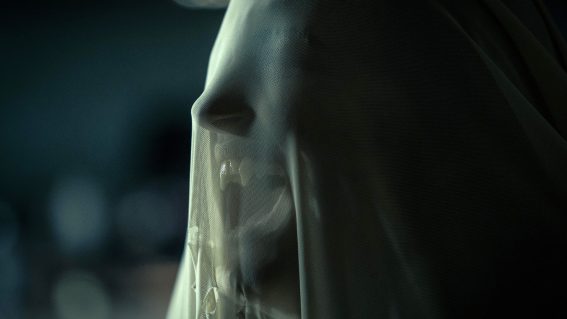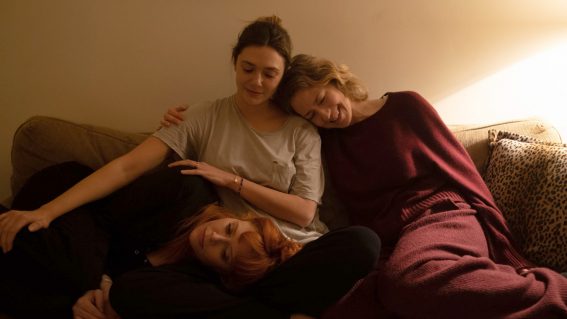Ant-Man and the Wasp review: a fun sequel but it feels smaller, not bigger
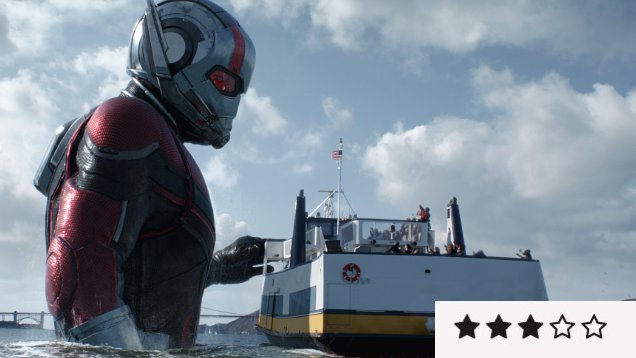
When Marvel gets goofy, it usually gets fun. Twenty titles into the comic-book brand’s sprawling cinematic universe, many of its most memorable movies have abandoned superhero seriousness and intermittent sly wisecracks for more amusing and even silly fare. The fish-out-of-water, gods-versus-humans antics of the Thor films led to Thor: Ragnarok’s feast of irreverent wonders. The rag-tag space-opera of Guardians of the Galaxy and its sequel offered a brighter, bouncier alternative to the increasingly bleak Avengers flicks. Rebooting the web-slinger for the third time in two decades, Spider-Man: Homecoming smartly displayed the exuberance and awkwardness you’d expect when a teenager gets bitten by a radioactive arachnid.
As for downsized caper Ant-Man, which first scurried across screens in 2015, it visibly enjoyed toying with its compact scale, lesser-known character and more modest stakes – shrinking superhero escapades down to size, if you like. In the diminutive figure’s second effort, however, average things come in small packages.
Most of the first feature’s successes are back again in Ant-Man and the Wasp, with returning director Peyton Reed (Bring It On, Down With Love, Yes Man) happy to hit the same notes. And, where the basic concept is concerned, you can’t blame him. When your protagonist can reduce and grow at the touch of a button – not to mention fly through the streets on the back of winged insects, tower over cities and everything in-between – there’s ample material to work with. Honey I Shrunk the Kids spawned two sequels and a TV spinoff, after all.
Bigger threats, more villains, increased complications, a long-lost character and a new crime-fighting partner: they’re all part of the template
Alas, rather than revisiting Ant-Man’s entertaining premise in a fittingly low-key way, this follow-up squeezes its concept into the routine Marvel formula. Bigger threats, more villains, increased complications, a long-lost character and a new crime-fighting partner: they’re all part of the template. Conforming to the standard concept might be inevitable as Stan Lee’s usual cameo, but make anything adhere to a type and it loses its charm – even when it stars the ever-charismatic Paul Rudd as its ex-con everyman turned micro superhero.
Rudd’s Scott Lang still just wants to be a good single dad to his adoring pre-teen daughter Cassie (Abby Ryder Fortson), with donning his special suit and saving the world more of a hobby than a calling. Actually, with Ant-Man and the Wasp set between Captain America: Civil War and Avengers: Infinity War, becoming Ant-Man isn’t even a pastime. Instead, Scott is under house arrest for his Berlin exploits with Cap and the gang, and sporting an ankle bracelet that tracks his every move. Under penalty of a 20-year jail sentence, he’s also forbidden from interacting with any of his former associates.
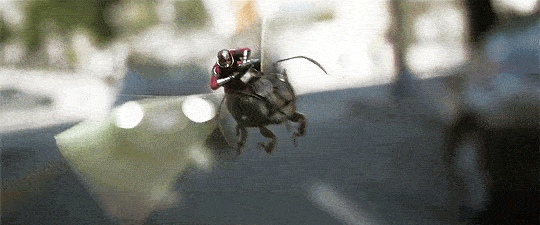
In a stroke of narrative convenience, days before Scott is set to secure his freedom, he’s forced to contact the father-daughter team that sparked his superhero sideline: former SHIELD agent Hank Pym (Michael Douglas) and his daughter Hope van Dyne (Evangeline Lilly). They’re searching for their previously presumed-dead wife and mother (Michelle Pfeiffer) in the quantum realm, Scott has a dream that can help, and with Hope suiting up herself – hence ‘the Wasp’ part of the movie’s title – everyone is set for their next adventure.
The film’s five-strong team of writers could’ve left their story there, and given Ant-Man and the Wasp the same small-scale focus on family that sat at the core of its predecessor. While, post-Fast and Furious, every movie about a group teaming up for a common cause can be badged as a ‘family’ flick of sorts, Ant-Man not only hit the right emotional beats by charting Scott’s fatherhood-driven quest, but grounded most of its inventive set-pieces in domestic, everyday spaces and scenarios as a result.
That’s not Ant-Man and the Wasp’s gambit. The mysterious, spirit-like Ghost (Hannah John-Kamen) is on Scott and company’s trail, Hank’s former assistant Bill (Laurence Fishburne) is in the mix and Walton Goggins pops up as the now-typical Walton Goggins nemesis – a shady restaurateur after Hank’s research. The longer the film continues, the more it feels like a regular Marvel episode, even if it’s not trading in gauntlet-coveting super-villains keen on wiping out humanity with a hand gesture. (For those wondering, the doom and gloom of Avengers: Infinity War barely encroaches on this livelier, cheerier effort.)
Still, Reed retains his impressive eye for playing with scale and size. The movie’s Hot Wheels car chase is a visual delight, as vehicles grow and shrink on San Francisco’s streets, while seeing Scott momentarily stuck with a primary-schooler’s physique garners more than a few laughs. Indeed, with the help of Rudd and the scene-stealing Michael Peña, the director still has a knack for amiable comedy as well – although audiences will continue to ponder how Edgar Wright’s Ant-Man (or Ant-Man and the Wasp) would’ve turned out.
Missing is anything more than the expected and easily foreseeable, however. That’s not a problem when Ant-Man and the Wasp retraces its own footsteps, but when it’s sticking to the stock-standard brand template, it feels like a wasted opportunity. Peña spinning elaborate, hilarious stories; an under-used Pfeiffer oozing allure; Lilly becoming the MCU’s first female superhero with her name in the film’s title – they’re all elements that the movie could’ve used more of. Shoehorned-in, generic bad guys; convoluted and convenient plot developments; a by-the-numbers air – they’re the components that make Marvel’s 20th big-screen outing feel smaller, not bigger.











